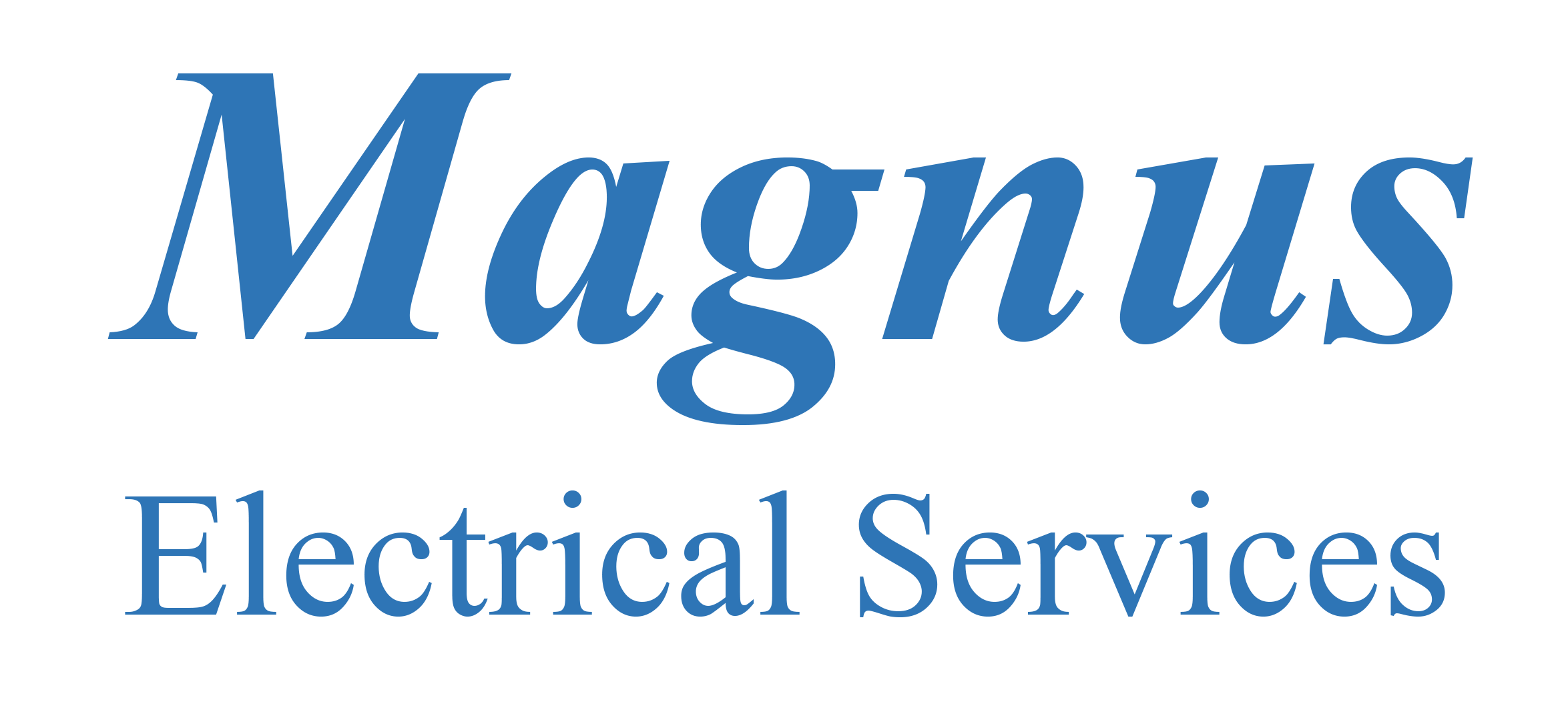
Prime costs are calculated based on the direct labour costs and the total cost of the raw materials. In contrast, conversion costs are focused on the direct labour costs and the costs involved in the indirect factors which affect the manufacturing and production system like electricity, factory insurance, etc. Conversion costs include the direct labor and overhead expenses incurred as raw materials are transformed into finished products.
Conversion Costs vs. Prime Costs
The prime costs for creating the table include the cost of the furniture maker’s labor and the raw materials required to construct the table, including the lumber, hardware, and paint. This information helps managers know where to focus their attention when planning, directing and controlling costs. In manufacturing sector, the basic production costs can be categorized differently depending on the purpose and use of categorization. This categorization is helpful in determining the efficiency of manufacturing facilities and processes in producing their output. Understanding conversion costs is vital for businesses to maintain competitiveness and profitability in the manufacturing industry.

Prime Costs vs. Conversion Costs: What’s the Difference?
Thus, each cost concept provides a somewhat different view of the costs incurred to create products. According to Accounting Coach, conversion costs refer to the costs involved conversion cost formula in converting raw materials into finished goods. Direct labor costs are the wages paid to the employees engaged in manufacturing a product or provision of service.
Example of How Prime Costs Work
- Assume that direct materials cost $700, direct labor is $500, and factory overhead is $300 for cabinets that have been manufactured.
- Thomas’ experience gives him expertise in a variety of areas including investments, retirement, insurance, and financial planning.
- The cost of a product is determined by the amount of labor and overhead needed to convert raw materials into finished goods.
- In a typical manufacturing process, direct manufacturing costs include direct materials and direct labor.
It includes direct labor costs and manufacturing overhead costs, which are necessary to transform raw materials into finished goods. By understanding and accurately calculating conversion costs, businesses can better manage their production expenses, set competitive prices, and improve overall financial performance. This knowledge helps companies make informed decisions and enhances their ability to succeed in the marketplace. In accounting, conversion costs represent the money spent on turning raw materials into finished products. This includes wages for workers (direct labor costs) and other production expenses (manufacturing overhead costs). Conversion costs are the labor and overhead expenses that “convert” raw materials into a completed unit.

- Samsung has a cell phone production unit with a production capacity of 10,000 daily it incurs day-to-day expenses to keep its business running.
- Remember that you can define conversion however you want, such as the number of sales and number of operating leverage dol formula + calculator signups for your email list.
- Conversion costs are beneficial, especially for manufacturing businesses which have to deal with conversion on a large scale daily.
- Examples of such expenses include the salaries of production supervisor and factory watchman etc.
- Numerous manufacturing overhead costs are encountered in manufacturing facilities and processes.
- An example of direct labor are the employees working on the assembly line of a manufacturer.
- By using conversion costs, we can calculate an efficient way of determining equivalent units and unit costs.
For example, wages or salary paid to the workers at the shop floor environment come under direct labor costs. Manufacturing overheads are the indirect costs incurred while manufacturing a product. In a processing environment, there are two concepts important to determining the cost of products produced. As you have learned, equivalent units are the number of units that would have been produced if one unit was completed before starting a second unit.

What are conversion costs?
Each department tracks its conversion costs in order to determine the quantity and cost per unit (see TBD; we discuss this concept in more detail later). Conversion costs are restricted to direct labor and manufacturing overhead, which are needed to convert raw materials into completed products. Prime costs are the direct labor and direct materials costs incurred to build a product. In simpler terms, direct labor costs are the payments to the workers doing the hands-on work, while manufacturing overhead costs are the behind-the-scenes expenses that keep the entire production process going. Both are essential components of conversion costs, giving a complete picture of the money spent to transform raw materials into finished products.

In this regard, it is important to consider the fact that costing for production concerns is even more important in comparison to trading concerns because it provides a baseline on which the company decides the way forward. It excludes the salary of management, office staff, and other people who are not working directly with the products. Without proper control, it can lead businesses into financial ruin if not managed properly by management teams who know what’s best about how much each item should retail for. For the past 52 years, Harold Averkamp (CPA, MBA) hasworked as an accounting supervisor, manager, consultant, university instructor, and innovator in teaching accounting online. For the past 52 years, Harold Averkamp (CPA, MBA) has worked as an accounting supervisor, manager, consultant, university instructor, and innovator in teaching accounting online. Thomas J Catalano is a CFP and Registered Investment Adviser with the state of South Carolina, where he launched his own financial advisory firm in 2018.
One can arrive at total period costs by closely monitoring and reporting the expenses that aren’t related to manufacturing a product. The conversion costs would also help in calculating the cost of goods sold (COGS) accurately. As can be seen from the list, the bulk of all conversion costs https://www.bookstime.com/ are likely to be in the manufacturing overhead classification. From a company’s perspective, the lower the conversion cost, the higher the profit margins. Therefore, in order to achieve optimization of the production process, companies strive to keep the conversion costs minimum.
- Let’s assume that the organization has produced 2,500 units of a product in the first quarter of FY2020.
- However, they may also include the cost of supplies that are directly used in production process, and any other direct expenses that don’t fall under direct materials and direct labor categories.
- For the past 52 years, Harold Averkamp (CPA, MBA) hasworked as an accounting supervisor, manager, consultant, university instructor, and innovator in teaching accounting online.
- Management needs to understand its costs in order to set prices, budget for the upcoming year, and evaluate performance.
- The 1,200 ending work in process units are only 35% complete with regard to conversion costs and represent 420 (1,200 × 35%) equivalent units.
- Conversion costs reflect a company’s total amount spent converting raw materials into fully-furbished products.
